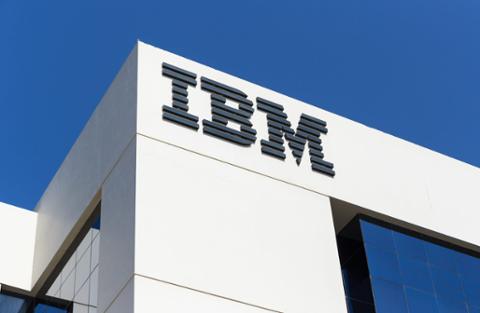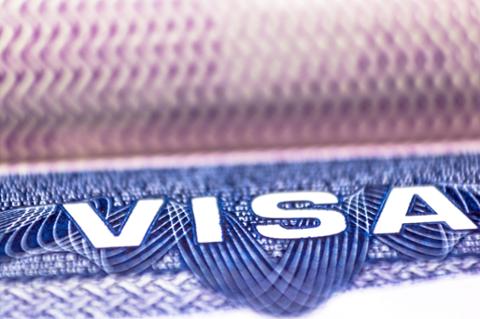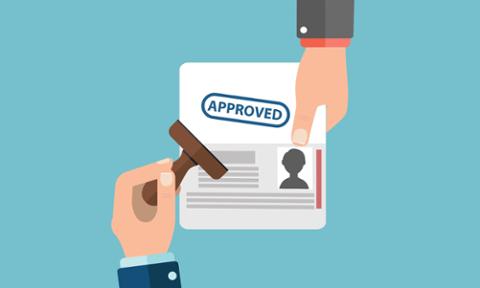The fate of H-4 EAD, which allows the spouses of H-1B visa holders to work, is still up in the air after the U.S. Court of Appeals for the District of Columbia Circuit kicked a decision over the program’s cancelation back to a lower court.
Save Jobs USA, the tech-workers advocacy group that filed the lawsuit at the core of the case, suggests that the H-4 EAD could result in employment for 180,000 spouses of H-1B holders, resulting in increased (and unfair) competition for tech jobs. The lawsuit argues that the federal government overstepped its bounds in establishing H-4 EAD.
The court’s ruling seemed to agree with the lawsuit’s position, stating: “The rule will increase competition for jobs.” However, those who possess the H-4 EAD can continue to work, at least for now. A new court ruling, or the introduction of new government regulation, could still kill the program.
H-4 EAD, H-1B Both Squeezed
Earlier this year, U.S. Citizenship and Immigration Services (USCIS) suggested that ending H-4 EAD would prove “economically significant,” and ultimately benefit American workers:
“Some U.S. workers would benefit from this proposed rule by having a better chance at obtaining jobs that some of the population of the H-4 workers currently hold, as the proposed rule would no longer allow H-4 workers to enter the labor market early.”
However, the federal government is still reviewing its plans to potentially terminate H-4 EAD (the original deadline for a decision was Spring 2019, which passed). In the meantime, it has made the application process far more challenging: as of February 2019, anyone applying for the H-4 EAD needs to undergo biometric screening.
Meanwhile, the H-1B itself has been the focus of tightening government policy. Through the third quarter of fiscal 2019, denial rates for H-1B petitions have skyrocketed to 24 percent, according to a new analysis of USCIS data by the National Foundation for American Policy (NFAP).
“In the first three quarters of FY 2019, USCIS adjudicators denied 24 percent of H-1B petitions for ‘initial’ employment and 12 percent of H-1B petitions for ‘continuing’ employment,” read the NFAP report (PDF). “The 12 percent denial rate for continuing employment is also historically high—4 times higher than the denial rate of only 3 percent for H-1B petitions for continuing employment as recently as FY 2015.” (A brief note on definitions: ‘initial employment’ means H-1B petitions for new employment, whereas ‘continuing employment’ is typically an extension for an existing employee.)
But that hasn’t stopped some of the country’s biggest tech companies from petitioning for H-1B visas—and subcontracting H-1B workers from services firms. Earlier this year, we analyzed a massive dataset from the U.S. Department of Labor on H-1B data for fiscal year 2019. Here’s what we found: ‘primary’ denotes direct H-1B petitioning, while ‘secondary’ represents subcontracting:
Meanwhile, the government continues to tighten the H-1B process. USCIS wants to institute a $10 registration fee for each H-1B visa application (the added money will supposedly allow it to better “adjudicate” applications), and companies petitioning for H-1B visa are being asked more intensive questions about the nature of the work those workers will be doing.



